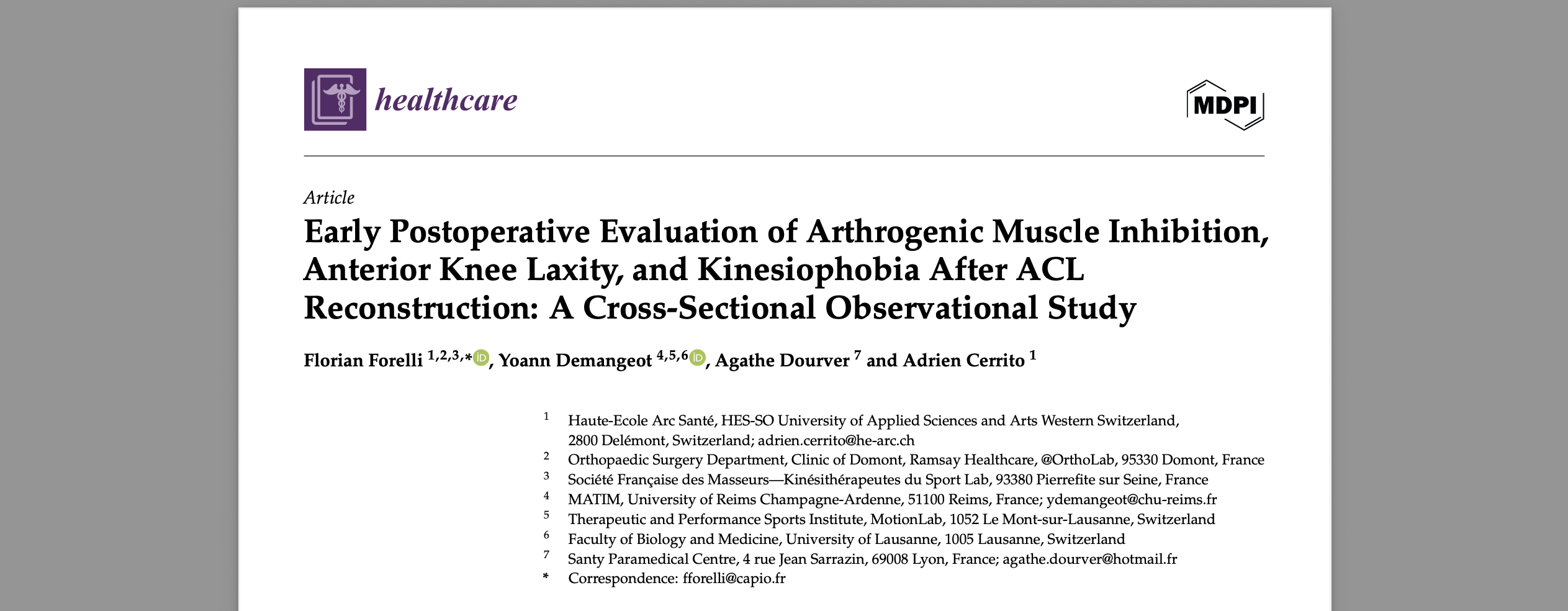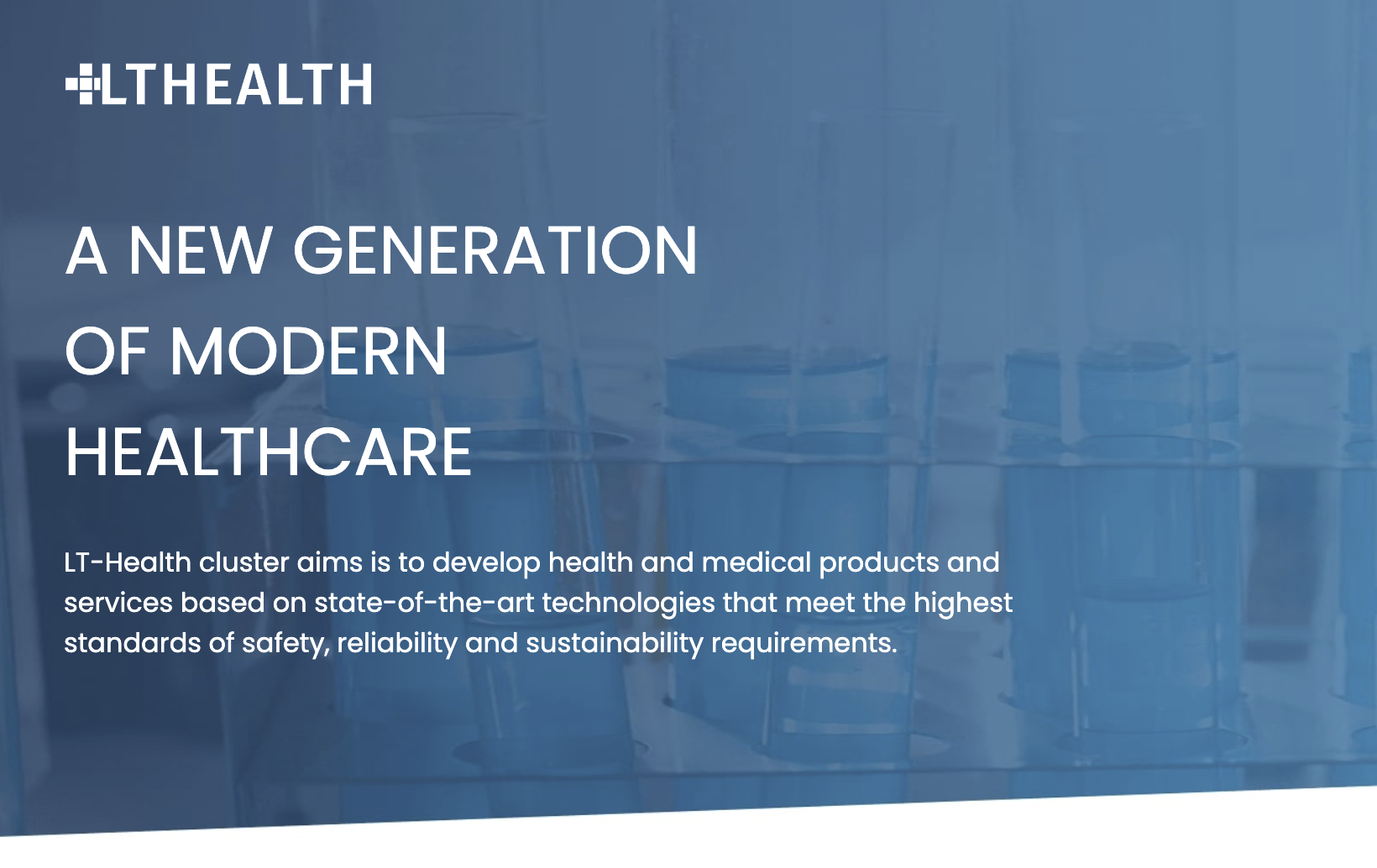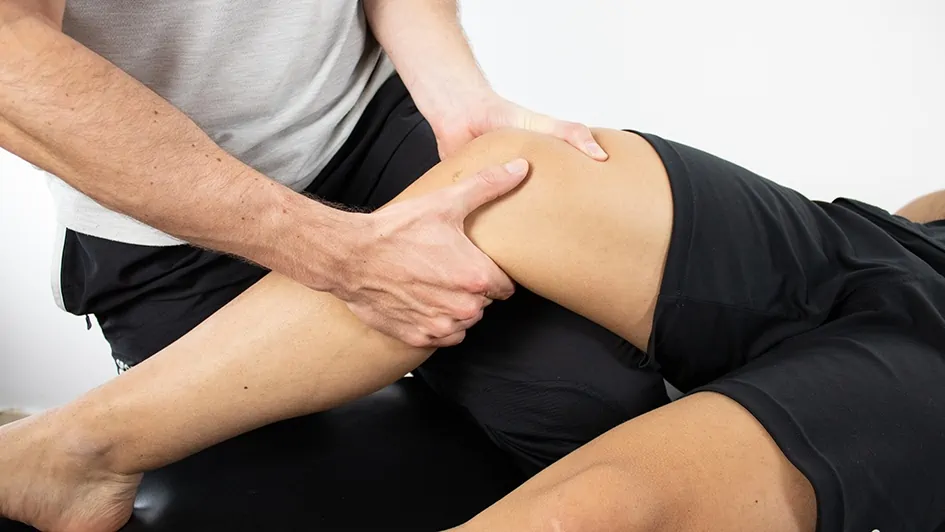The KT-2000 Arthrometer was once a staple in ACL diagnostic testing, offering practitioners a reliable way to measure anterior tibial translation and diagnose ligament injuries. However, since its discontinuation in 2015, the need for alternatives has grown. Nowadays, it is no longer possible find any New KT-2000 Arthrometer. Although you may still find some used KT-2000 arthrometers in circulation, the device is no longer manufactured, leaving clinicians searching for more advanced, precise options.
Today, robotic and dynamic arthrometers have taken the forefront, offering significant improvements over the KT-2000. This article explores the current alternatives, such as the DYNEELAX® and GNRB® arthrometers, both of which are offered on arthrometer.com, a site specializing in cutting-edge ACL diagnostic devices. Furthermore, other manual options are also available on the market nowadays, but these do not enhance treatment as robotic arthrometers do: ACL diagnosis, ACL surgical planning & ACL rehabilitation in Post-op.
I. KT-2000: A Legacy Arthrometer
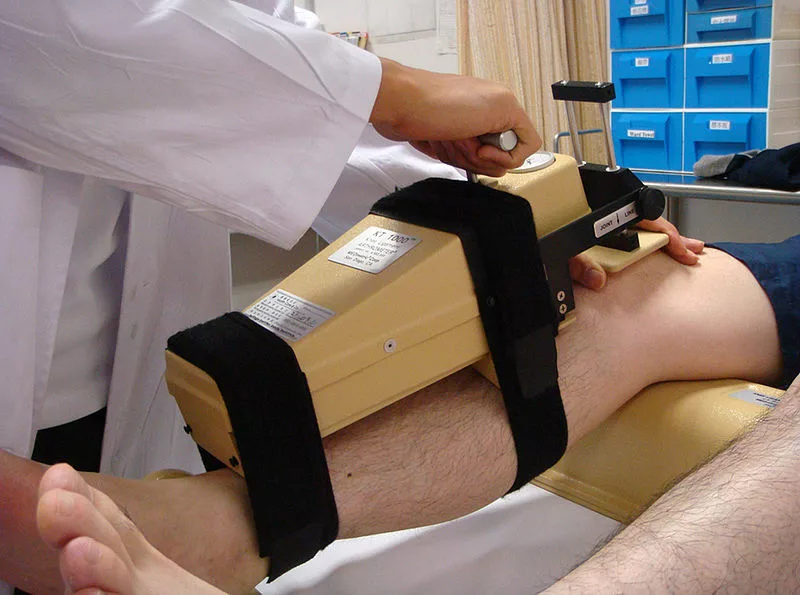
The KT-2000 was a pivotal tool in diagnosing ACL injuries by measuring anterior tibial displacement. While it provided valuable insight into ligament laxity, its testing methodology was somewhat limited. The device focused solely on measuring the displacement differential at a specific point, making it less comprehensive compared to newer devices.
Additionally, the KT-2000 was manual, meaning it relied heavily on the operator’s skill to ensure accurate measurements. This factor made results less reproducible compared to today’s robotic arthrometers. With its discontinuation, many clinics have moved toward more modern solutions that offer higher precision, reliability, and dynamic analysis.
1.1 KT-2000 Arthrometer - Where to find it in 2024
Although the KT-2000 arthrometer is no longer manufactured since its discontinuation in 2015, it is still possible to find used or refurbished units available through various online platforms. Websites such as eBay, medical equipment resale sites, and some orthopedic device distributors may occasionally have listings for the KT-2000. However, since it is a legacy device, availability is inconsistent, and units may vary significantly in terms of quality and condition. Hospitals or clinics that upgraded to newer systems may also sell their KT-2000 devices through second-hand channels.
When purchasing a KT-2000 arthrometer, it’s crucial to verify the condition of the device, including whether it comes with all necessary parts and calibration tools. Additionally, since the KT-2000 is no longer supported by the manufacturer, finding replacement parts or servicing could be challenging. For clinics or practitioners considering this option, it may be worth exploring more modern arthrometers that offer superior technology, precision, and long-term support.
1.2 KT-2000 Price Range in 2024 : How much does a KT-2000 / KT-1000 cost?
The price of a used KT-2000 arthrometer can vary widely based on its condition, accessories, and seller. On the second-hand market, KT-2000 units typically range from $1,500 to $7,000. Older models in good working condition may be on the lower end, while fully equipped units with minimal wear could command higher prices. It’s important to factor in the costs of calibration and potential repairs, as sourcing parts for a discontinued model may increase long-term ownership costs.
Given the technological advancements of newer devices like the DYNEELAX® and GNRB®, which offer greater precision and reproducibility, investing in a KT-2000 may only be suitable for those specifically seeking this legacy tool. However, for most clinics, upgrading to a more advanced robotic arthrometer may be a better long-term investment for ensuring accuracy and supporting modern ACL diagnostics and rehabilitation techniques.
II. 2024 Alternative: Robotic Arthrometers - The Future of ACL Injury Treatment
Since the KT-2000’s discontinuation, significant advancements in orthopedic testing devices have emerged. Robotic arthrometers like DYNEELAX® and GNRB® provide a more advanced and reliable way of assessing ACL laxity. These devices don’t just measure displacement but analyze a full compliance curve of the ACL, offering deeper insights into the ligament’s health and its ability to withstand varying forces.
Key Differences from the KT-2000:
- Dynamic Compliance Curves: Rather than focusing on a single point of displacement, these arthrometers provide a dynamic analysis of how the ACL responds under different forces.
- Precision and Reproducibility: Robotic systems eliminate human error, ensuring consistent and reproducible results that are vital for both diagnosis and rehabilitation.
- Comprehensive Knee Evaluation: In addition to translation, devices like Dyneelax also measure rotation, making it the only device worldwide capable of assessing both movements. This offers a more complete understanding of knee stability.
- Digital Database: All Results are stored in a database which makes it easy to share among hospital departments.
- Safety of use in Post-op: Robotic systems enables precise force application. This is vital in post-op during ACL rehabilition. KT-2000 being manual tools, it is not possible to test the graft 1 month post-op.
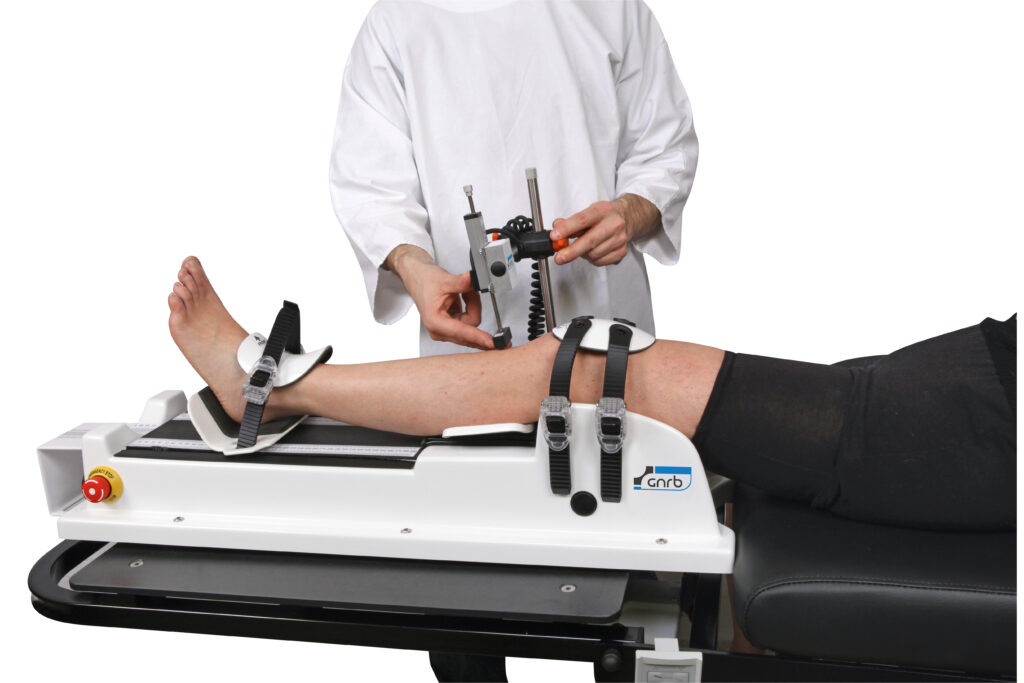
III. A New Paradigm in Knee Ligament Treatment
By choosing robotic arthrometers like DYNEELAX® and GNRB®, clinicians are embracing the latest in arthrometer technology. These devices enhance the treatment of ACL injuries from diagnosis through full recovery.
3.1 Diagnosis of ACL Injuries

Robotic arthrometers like GNRB® offer significant advantages in diagnosing ACL injuries, particularly partial ACL ruptures, which are often missed by traditional methods like MRI.
A 2023 study by Cojean et al. (2023) highlighted this, showing that arthrometers are superior in detecting partial ruptures. GNRB® measures the anterior tibial translation in precise increments, providing real-time feedback on how the ligament responds under force. This objective data is invaluable for making accurate diagnoses early on, which is essential for successful treatment.
3.2 Surgical Planning
Beyond diagnosis, DYNEELAX® plays a critical role in surgical planning. A 2024 study by Guegan et al. (2024) demonstrated that Dyneelax’s ability to measure both translation and rotation helps evaluate the peripheral structures of the knee, such as the posterolateral corner and other supporting ligaments.
This rotational data is crucial when deciding whether additional procedures, like Lateral Extra-Articular Tenodesis (LET), are necessary to restore knee stability. This level of analysis allows surgeons to tailor the procedure to each patient’s unique anatomy, optimizing outcomes and reducing the risk of re-injury.

3.3 Post-Surgery Rehabilitation
One of the most significant advancements with robotic arthrometers is their role in rehabilitation. Following ACL reconstruction surgery, determining when a patient is ready to return to sports or physical activity is critical. Premature return can lead to re-injury, while delaying recovery too long can weaken the joint.
The DYNEELAX® excels in this area. According to Forelli‘s 2023 study, Dyneelax is used to monitor the condition of the ACL graft throughout rehabilitation. By tracking both translation and rotation, it offers a personalized rehabilitation plan based on the patient’s specific recovery progress. This approach ensures that each patient can return to activity when their knee has fully healed, significantly reducing the risk of complications.
IV. The Importance of Reproducibility in ACL Treatment
One of the KT-2000’s limitations was its reliance on the examiner’s skill to achieve accurate results. This human factor often led to inconsistencies in measurements, making it difficult to track a patient’s progress accurately over time.
In contrast, robotic arthrometers like DYNEELAX® and GNRB® provide reproducible results every time, thanks to their automated systems. This precision ensures that the data collected during each session is consistent, allowing for more accurate tracking of a patient’s recovery journey. Clinicians can confidently adjust treatment plans based on reliable data, ensuring optimal patient outcomes.
V. Robotic Arthrometers: The Future of Knee Ligament Evaluation
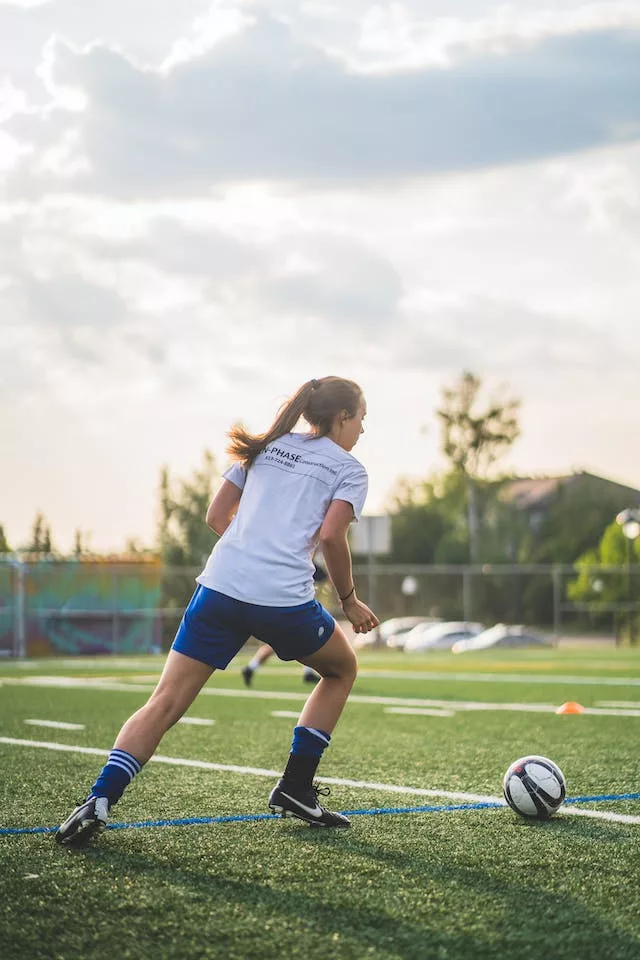
As technology evolves, it’s clear that robotic arthrometers like DYNEELAX® and GNRB® are the future of knee ligament evaluation. These devices are not only more accurate than manual devices like the KT-2000 but also provide a more detailed, comprehensive analysis of knee function. Their ability to assist in diagnosis, surgical planning, and rehabilitation makes them invaluable tools for orthopedic specialists.
By choosing these modern arthrometers, clinics are investing in the latest technologies that improve patient outcomes from injury through to full recovery. The future of ACL treatment is no longer limited to basic displacement measurements; instead, it lies in the dynamic, multi-faceted evaluations that robotic arthrometers provide.
Conclusion
While the KT-2000 arthrometer may no longer be in production, there are far superior alternatives available today. Devices like the DYNEELAX® and GNRB® offer a new level of precision and versatility in ACL diagnostics. Their ability to measure dynamic compliance curves, analyze both translation and rotation, and deliver consistent, reproducible results makes them the leading choices for knee ligament evaluation.
If you’re looking for the latest advancements in orthopaedic testing devices, head to arthrometer.com to learn more about the cutting-edge options available to you today. These robotic arthrometers are shaping the future of ACL treatment, offering better outcomes for patients and more effective tools for clinicians.

